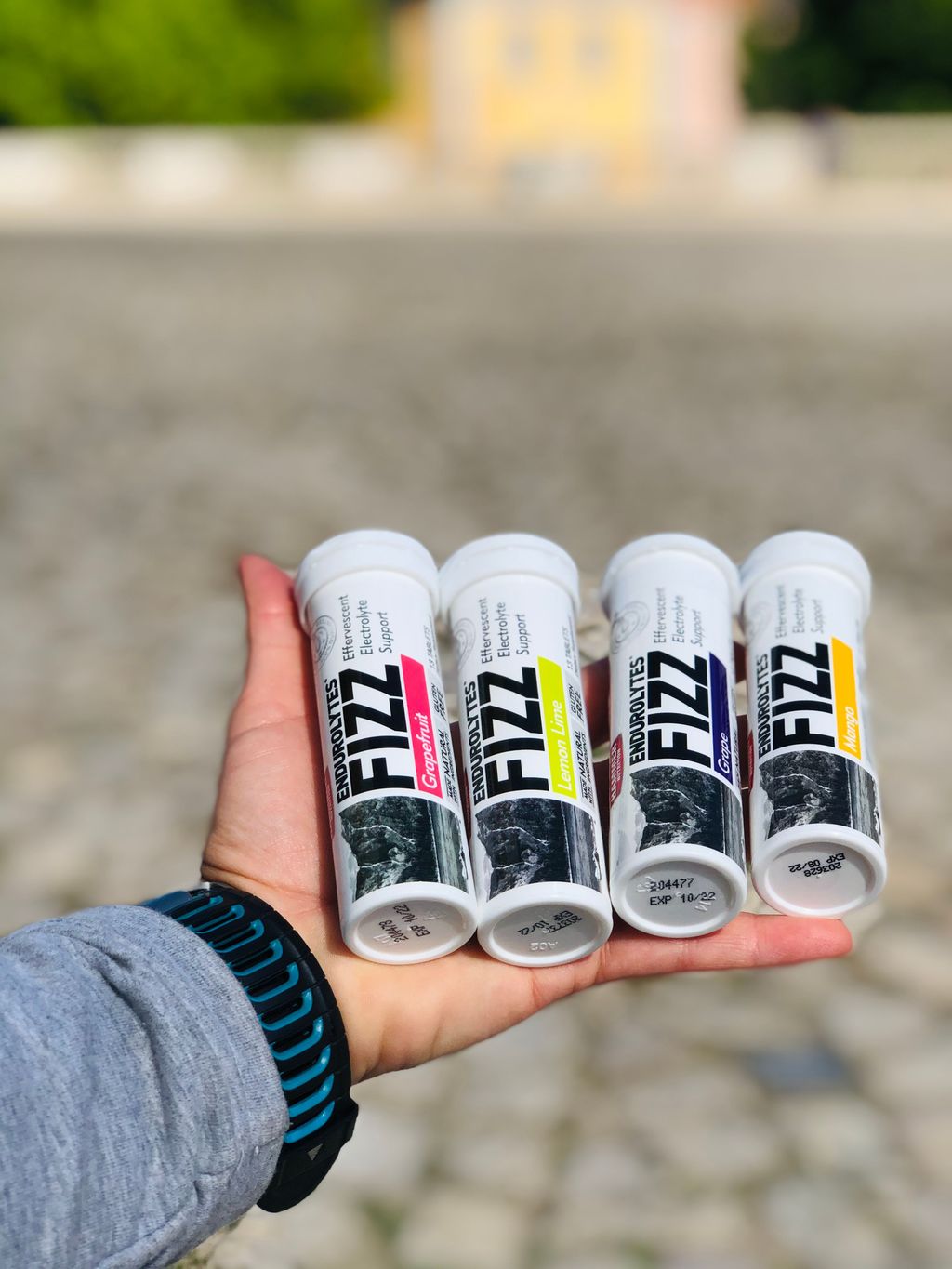ELECTROLYTES
OUR ELECTROLYTE RECOMMENDATIONS
To keep your body functioning smoothly throughout a long workout or race, replenish electrolytes gradually, consistently, and comprehensively. During prolonged exercise, we recommend:
-
No more than 100-600 milligrams of sodium/hour
-
1 Endurolytes per 22 - 27 kg of body weight per hour*, OR 1-2 Endurolytes Extreme per hour *, OR 1-2 Endurolytes FIZZ per hour *.
* Please note: Extreme conditions may require larger quantities.
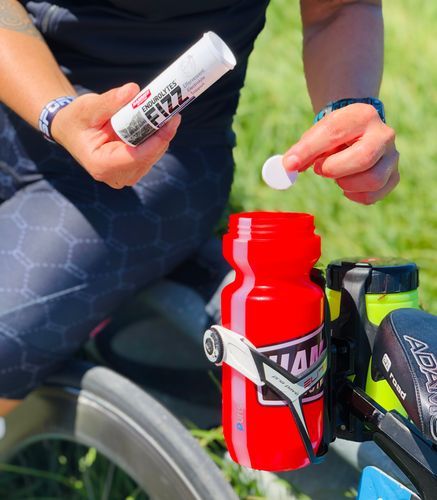
SECRET #4: ELECTROLYTE REPLENISHMENT
Replenish these vital minerals correctly to finish strong.
Think of electrolytes like the motor oil in your car–they don’t make the engine run, but they’re absolutely necessary to keep everything operating smoothly. Your muscles, heart, nerves, and digestive system all depend on adequate levels of electrolytes to function properly. Just as you shouldn’t wait until you’re dehydrated or bonking before you replenish fluids and calories, you shouldn’t wait for cramps to remind you to replenish electrolytes.
Muscle cramping is a signal you’ve already allowed your electrolyte levels to drop far too low, or you’ve replenished them improperly.
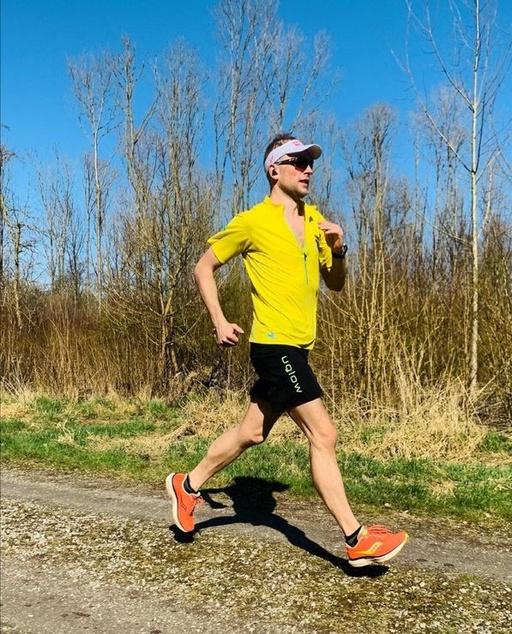
How to keep your body strong:
To keep your body running strong, replenish electrolytes gradually, consistently, and comprehensively. Know the following 4 key concepts to master this vital aspect of fueling:

# 1 - The goal with electrolyte replenishment is smooth, uninterrupted, and uncompromised performance.
Many athletes neglect consistent electrolyte replenishment because they’ve “never had cramping problems.” But by the time you cramp, your performance has already been severely compromised for some time. Without the proper levels of electrolytes, your body can’t carry out critical body functions, including muscle contractions and the transmission of nerve impulses, which affect performance.
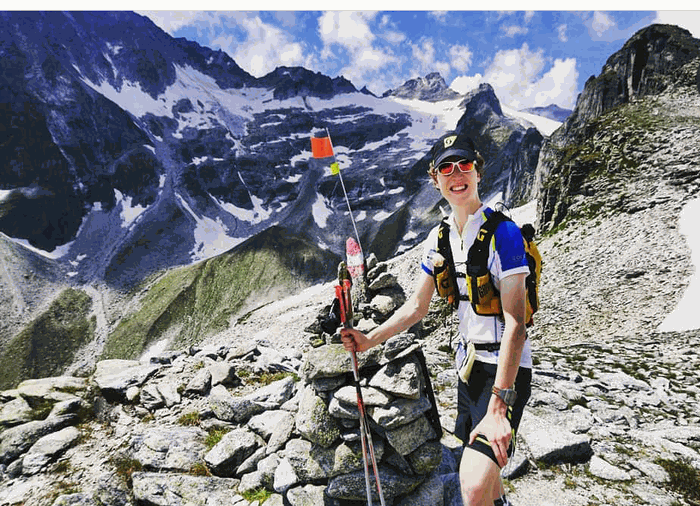
# 2 - Salt tablets are not the answer!
How you replenish those electrolytes can mean the difference between staying strong and struggling to finish. Salt tablets are an unacceptable choice for electrolyte replenishment for two important reasons: 1) They can oversupply sodium, thereby overwhelming your body’s complex mechanism for regulating this electrolyte; and 2) They provide only two of the electrolytes your body requires—sodium and chloride.
Keep this in mind: Your body has very effective mechanisms for monitoring and conserving its stores of sodium; consuming excess sodium interferes with these mechanisms. If your body detects an increase in sodium from outside sources (e.g., salt tablets, electrolyte products too high in sodium, or food), the hormone aldosterone signals your kidneys to stop filtering and recirculating sodium. Instead, they excrete sodium, and another hormone, vasopressin, causes fluids to be retained. The results include swelling of hands and feet and elevated blood pressure. Extreme sodium overload can be more serious, potentially causing lethargy, muscle weakness, seizures, and even death.
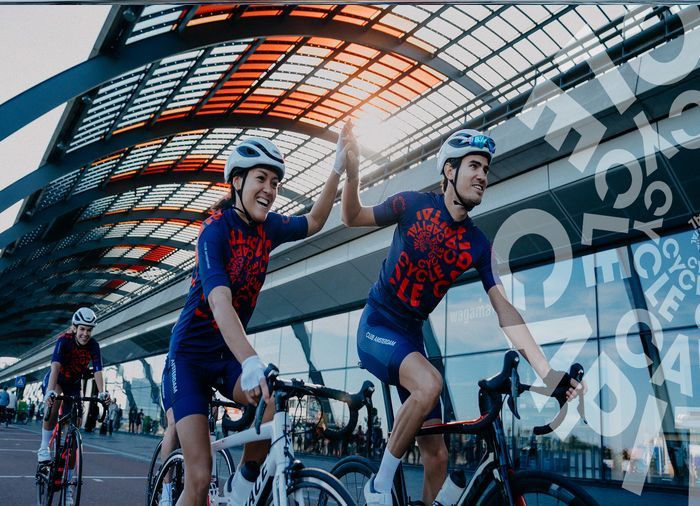
# 3 - Skip the salty foods.
If you’re getting more than 2,300 milligrams per day of sodium (the upper-end recommended dose) in your diet, you can be sure your sodium loss rates during exercise will be greater, too. Sodium drives thirst, and thirst drives drinking until excess results. Over-hydration is definitely not performance-enhancing; in fact, in fact, it can have life-threatening and even fatal consequences.
Keep this in mind: You can easily get an adequate amount of sodium simply by eating natural, unprocessed foods. In addition, the average athlete stores at least 8,000 mg of dietary sodium in tissues, so you already have a vast reservoir of sodium available in your body from your diet, ready to serve you during exercise.
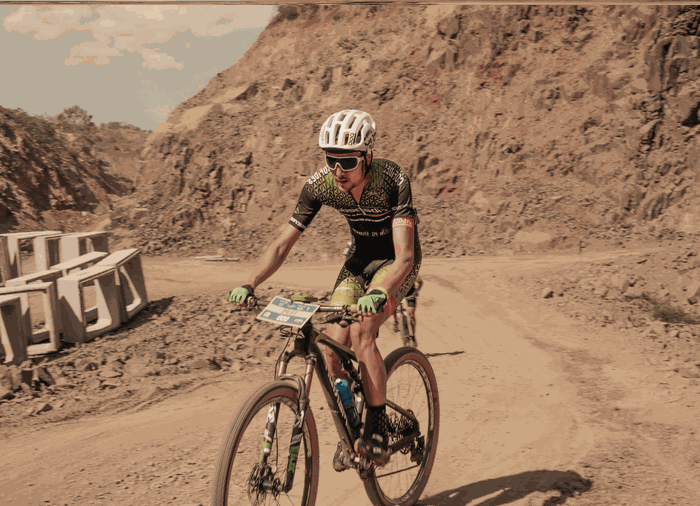
4 # - Replenish electrolytes gradually, consistently, comprehensively.
Proper electrolyte replenishment during endurance exercise requires a consistent approach that incorporates all of the electrolytes in amounts that do not override your normal body mechanisms. Your electrolyte intake must avoid detection by your body’s natural “radar system,” yet be potent enough to support body functions and prevent heat-related issues such as cramping.
ELECTROLYTES DONE WELL
Hammer Nutrition’s Endurolyte products are full-spectrum electrolyte products designed to meet your body’s complete electrolyte requirements.
They will help you counter the effects of hyperthermia, optimize specific bodily functions, and enhance endurance performance, especially beyond the two-hour mark.
Unlike many suppliers of electrolyte replacement products, we do not formulate Endurolytes products to reflect the amount of electrolytes lost through perspiration. Sweat loss can vary greatly depending on individual make-up, size, fitness level, exercise pace, and heat and humidity.
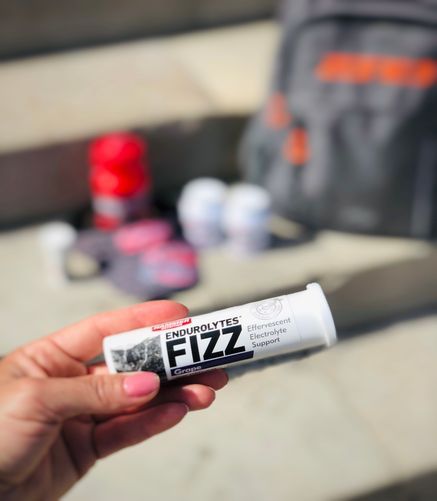
HEED , Hammer Nutrition’s complex carbohydrate powdered sports drink, also contains a complete and easily assimilated electrolyte profile, not just salt and potassium, which is all that most other sports drinks contain. Some athletes find that a scoop or two of HEED in their water bottle will keep them going strong for an hour or more. Others satisfy their complete electrolyte needs by consuming both HEED (an excellent base) and Endurolytes products.
Bottomline
Salty foods and salt tablets won’t cut it when it comes to electrolyte replenishment. Instead, adopt a low-sodium approach in your daily diet and obtain essential minerals to enhance natural hormone and enzyme actions. During exercise, rely on a product that will provide comprehensive electrolyte support without compromising internal regulation.
THE FAST LANE
Electrolyte replenishment is important even when it’s not hot outside. The body needs only a small amount of sodium each day (500-2,000 mg), an amount easily supplied by natural, unprocessed foods.
Those who consume more dietary sodium are guaranteed to lose more sodium during exercise and will require more sodium intake during exercise.
Adding Endurolytes Fizz or a scoop or two of HEED to your water bottle is a convenient way to replenish electrolytes consistently throughout the exercise.
